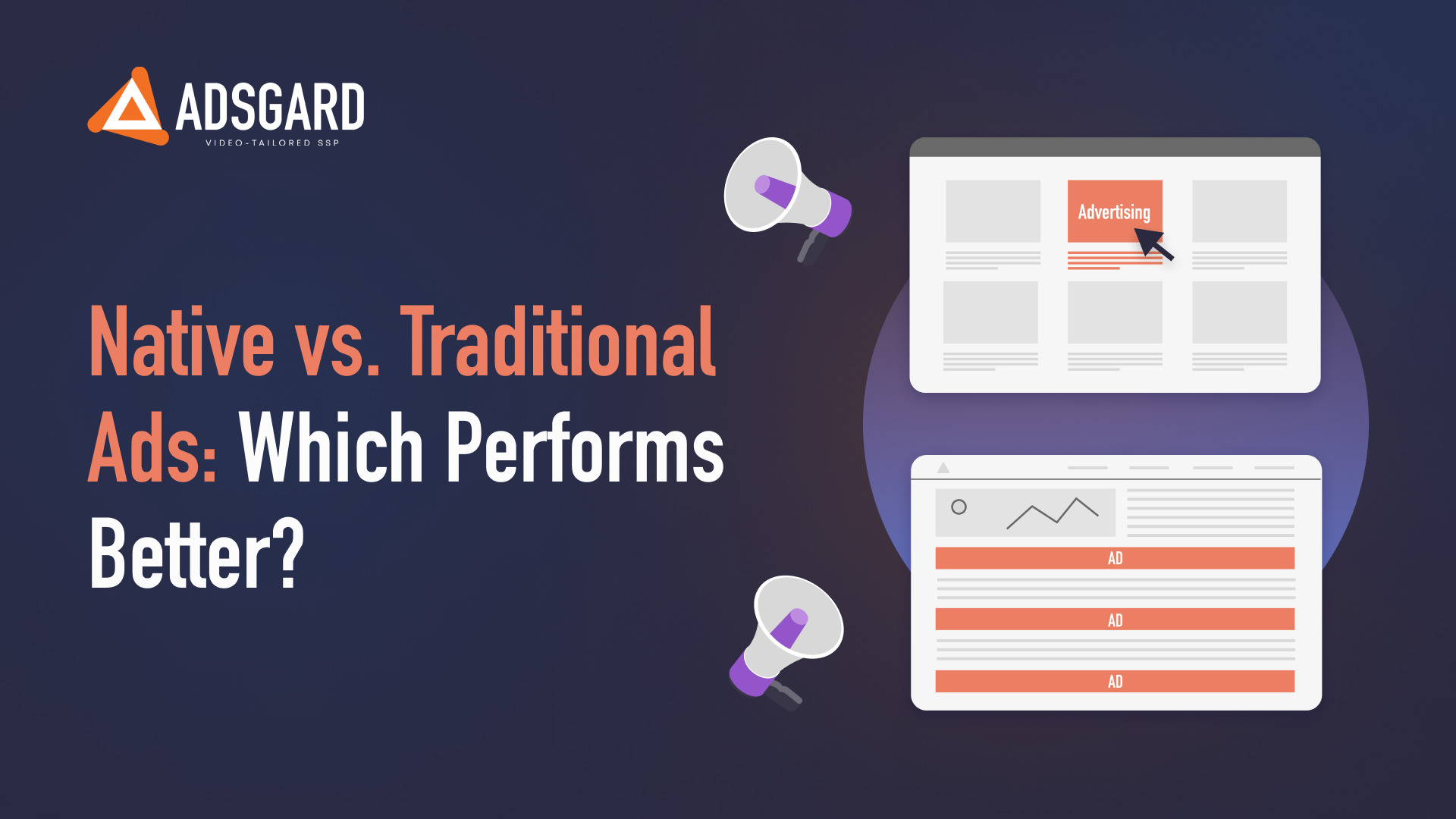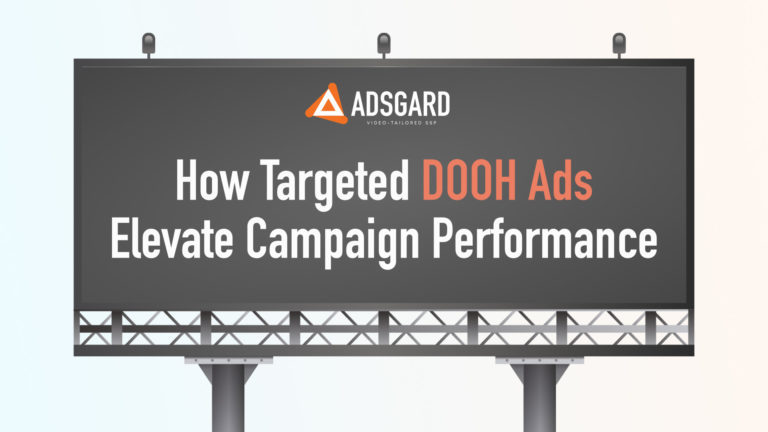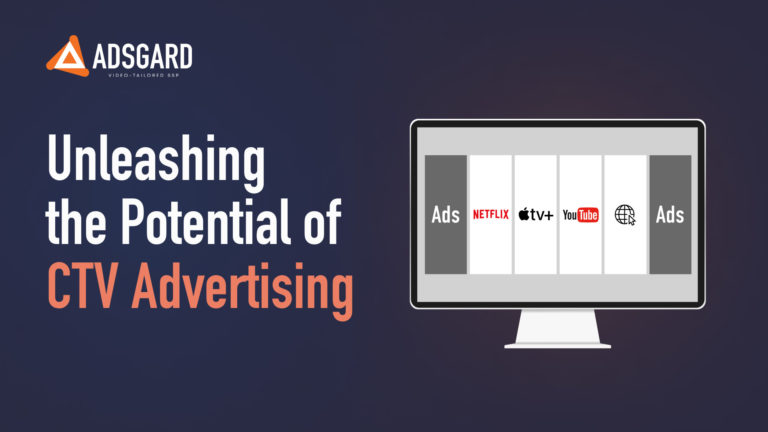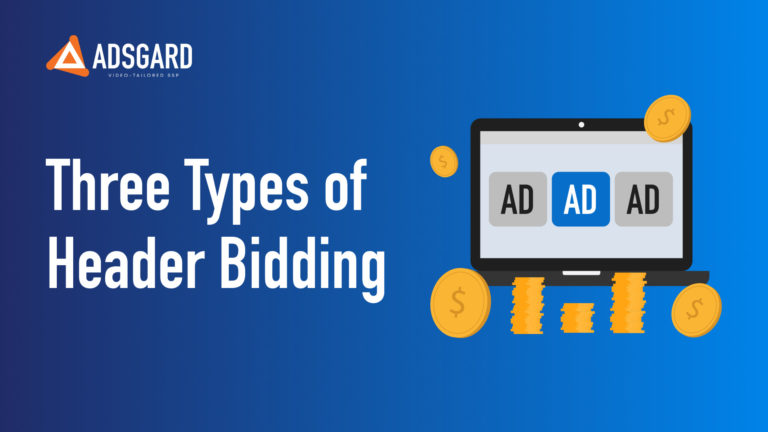
Native advertising is a form of online promotion that integrates into the surrounding content. Design these ads to match the visual and thematic aspects of the platform or website they inhabit, thus minimizing their intrusion and enhancing their appeal to users. Native ads can take various forms, including sponsored articles, promoted social media posts, video ads, and in-feed ads. The key characteristic of native ads is their ability to provide a non-disruptive user experience, often resulting in higher audience engagement and click-through rates.
Traditional or display ads are a more conventional form of online advertising characterized by standardized ad formats and placements. Typically, websites or apps place these ads in designated ad slots, graphical or banner-based. Their standardized size, design, and placement make them easily distinguishable from the surrounding content. Companies commonly use traditional ads to create brand awareness, promote products or services, and direct traffic to a specific website or landing page.
Everyone can apply programmatic technology to both native and traditional ads. It enables advertisers to target their intended audience finely, refine ad campaigns in real time, and base their decisions on data regarding ad placements and creative aspects.
Similarities and differences:
- The most significant difference between native and traditional ads is their format and integration. Native ads seamlessly blend into the content, while display ads are visually distinct.
- Companies often use native ads for content marketing and storytelling, whereas traditional display ads primarily serve for brand promotion and direct response advertising.
- Native ads tend to generate higher user engagement due to their non-disruptive nature and relevance to the content. Traditional ads are often perceived as more intrusive and may experience lower engagement rates.
- You can highly customize native ads and design them to match the aesthetics of the platform, making them visually appealing. Traditional ads follow standardized designs, which may limit creativity.
- Traditional ads are more susceptible to ad blockers, as they are easily recognizable. Native ads, being integrated with content, may bypass some ad blockers.
- Native ads may require more custom design and content creation, potentially leading to higher production costs than traditional display ads.
Advantages of Using Native Ads
Advertisers produce video content that aligns with the style and structure of a platform’s usual video offerings. You can find these videos on platforms like YouTube, often labeled as “sponsored” or “in collaboration with” a specific brand. Such content tends to resonate with viewers, leading to higher engagement and sharing, as it seamlessly integrates with the platform’s typical content.
- Native advertisements, featured by their non-intrusive and seamless integration, offer a more appealing and versatile content experience across various devices. Unlike traditional aggressive ads that often disrupt the main content flow, native ads gracefully capture attention and entice viewers to engage with the presented content.
- Native ads excel in captivating audiences increasing views, click-through rates, and conversions. Recent studies have demonstrated that native ads, which employ a more trust-centric approach, attain a 5-10 times higher average click-through rate than aggressive push marketing tactics.
- Marketers tailor native ads to match an individual’s search intent, giving them an air of authenticity and credibility. Customers place a premium on the content disseminated through native ads, recognizing its value in providing empowering and relevant information. When brands establish this trust, they get customer loyalty.
- Marketers expertly hone native ads to align with the specific interests of their intended audience, ensuring contextual relevance. Consider, for instance, an automotive brand strategically placing its content on an automotive blog or a racing website where enthusiasts have previously engaged with similar material. This approach allows marketers to bolster website traffic while granting the audience a tailored and effortless experience.
Benefits of Using Display Advertising
The bright example of display ads is magazine and newspaper ads. Advertisers use magazines and newspapers to target niche audiences interested in specific topics or demographics. For instance, a fashion brand might advertise in a fashion magazine to showcase its latest collection.
- An initial advantage of display advertising lies in its inherent versatility for design and aesthetics. Within digital display advertising, you possess the creative freedom to employ striking graphics, engaging videos, immersive audio, and your brand’s unique identity, all crafted to captivate users and draw them into your message.
- Display advertising places your brand in front of consumers before they actively seek a particular product or service. By consistently exposing them to your presence online, when the time eventually arrives for them to require what your business offers, your name is more likely to be the one that resonates with them, having left a lasting imprint on their digital journey.
- In digital marketing campaigns, precision in targeting is paramount to ensure your message reaches the most pertinent audience for your business. Like the parameters set in PPC and Facebook advertising, digital display advertising empowers you to fine-tune your strategy. You can dictate the sites where your display ads appear, the geographic regions where they are visible, and the specific demographics or niche markets they target, thereby honing your reach with utmost precision.
- Display advertising is a powerful means to gently divert the attention of potential consumers contemplating engaging with a competitor. It provides an opportunity to redirect their interest towards your business. Employing the strategy of search retargeting, you can target individuals who have previously shown interest in products on your competitor’s website. Extending an enticing offer for a similar product on your site will pave the way to winning over new customers and fostering brand loyalty.
Display, Native, and Their Appropriate Usage
Display advertising is a valuable tool for expanding campaign reach. It’s effective in the following scenarios:
- If you need to boost brand visibility, display ads can introduce your brand to a broader audience. Their bold, eye-catching nature makes a strong first impression.
- Products like ebooks, infographics, and coupons benefit from display ads as they are highly visual and require less storytelling.
- For products or services catering to a specific niche, display ads offer audience segmentation by interest, ensuring your brand reaches the right customers.
- Display ads are helpful for retargeting users who have engaged with your brand before. For instance, retargeting abandoned cart shoppers or offering paid ebooks to users who’ve read your free blog posts.
Choose native advertising when you want users to take specific actions after clicking an ad, like reading your blog, signing up, or purchasing. Here are some instances where programmatic native advertising is beneficial:
- Native ads offer cost-efficiency with higher CTR, reducing the CPC. This is particularly useful for budget-conscious campaigns aiming for lower cost-per-actions.
- Native ads simplify campaign tracking and accountability as conversions are measured post-click, providing concrete evidence of performance.
- Native advertising helps amplify brand content quickly, addressing challenges like slow SEO results and social platform deprioritization of fan page posts.
- While content marketing is essential, native advertising offers diversity and flexibility in your marketing strategy, ensuring campaigns cater to individual client needs.
The Bottom Line
In conclusion, marketers can effectively leverage native and display advertising in various marketing campaigns, offering distinct advantages. Native advertising excels in delivering non-disruptive, engaging experiences that drive user actions. It is particularly beneficial when targeting activities like reading content, sign-ups, or purchases. Native ads seamlessly blend into the content, offering a versatile and appealing way to capture the audience’s attention. On the other hand, display advertising remains a powerful tool for expanding campaign reach and boosting brand visibility. Its visual nature is well-suited for products like ebooks and infographics, and it allows for precise audience targeting and retargeting, making it effective in a range of scenarios.
It’s important to note that the effectiveness of both native and display advertising depends on the precise goals of the campaign, the target audience, and the nature of the promoted product or service. While some may argue that display advertising is losing its effectiveness in the digital landscape, the reality is that in a well-planned advertising campaign with the right product and strategy, both formats can deliver excellent results. Therefore, marketers should make the choice between native and display advertising based on a thorough understanding of the campaign objectives and the preferences of the target audience.



